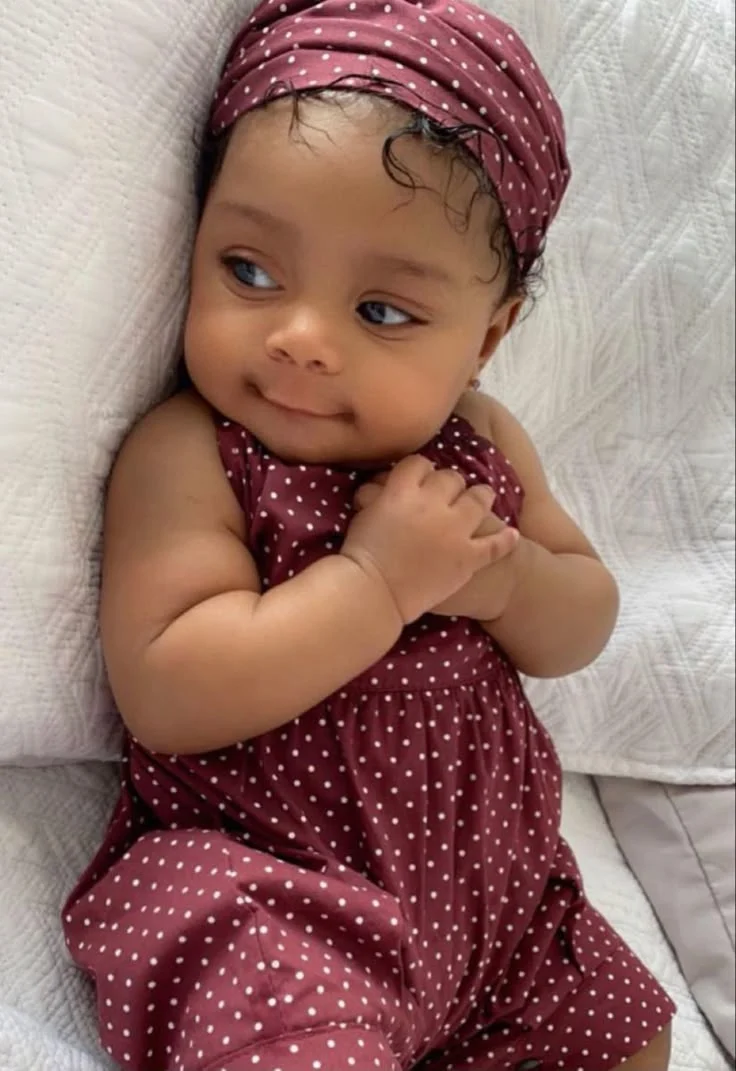In a remarkable collaboration, designer Moschino and Barbie have introduced the limited-edition “Moschino Barbie,” a collector’s item that includes a fashionable ready-to-wear collection for the iconic doll. Priced at a staggering $250 on eBay and already sold out, this new Barbie is making headlines not just for its exclusivity but for a significant cultural moment: the first-ever inclusion of a boy in a Barbie commercial during the brand’s 56-year history.
The creative genius behind this bold ad is designer Jeremy Scott, who styled the young boy in the commercial to mirror his own aesthetic. Scott aimed to parody the classic Barbie advertisements of the 1980s, stating, “When I envisioned the concept for the Moschino Barbie fauxmercial, I thought it was fitting to have a little boy representing all the boys like me who grew up playing with Barbies. Barbie was more than just a toy — she was a source of inspiration!”
The commercial has sparked significant conversation on social media. Although it won’t be aired on television, viewers can check it out on Moschino’s YouTube channel, where Scott had the final say on the creative direction. Mattel has been lauded for breaking gender norms and challenging the idea that certain toys are exclusively for girls. As Scott reflects, “Like every girl and gay boy, I adored Barbie.”
The emotional weight of the ad resonates with many, including reality star Cassie Lane, who shared, “This brought tears to my eyes! I used to play with my sister’s Barbies and felt ashamed of it. It’s wonderful to let kids be kids. Thank you for this! Boys can enjoy dolls too!”
While the internet has largely responded positively, some reactions have been less than supportive. Critics have voiced concerns about the implications of boys playing with traditionally feminine toys, expressing fears that it may lead to confusion about gender identity. One Facebook comment read, “This is just ridiculous! Kids only know what they learn. I will NEVER buy another Barbie again!”
While such reactions are disheartening, they highlight the stark divide in societal acceptance. The notion that a child’s interests can shape their identity is not new, and progress is essential. Embracing diversity in play is a step forward for everyone. It is important to foster an environment of acceptance and understanding.
For boys who adore playing with Barbie and men who cherished these dolls in their youth, this commercial signifies a substantial shift towards greater acceptance of diverse play styles. It’s an exciting time as we witness an evolving mindset that encourages boys to engage with dolls without stigma. This initiative could inspire other toy manufacturers to reconsider their advertising strategies, contributing to a broader cultural transformation.
For additional insights on gender inclusivity in toys, check out this recent blog post. Moreover, if you’re interested in at-home insemination options, you can find reputable products at Make a Mom. And for those seeking information on pregnancy and home insemination, Healthline provides excellent resources.
In summary, the Moschino Barbie commercial marks a pivotal moment in toy marketing, celebrating inclusivity and challenging gender stereotypes. This ad not only uplifts boys who enjoy playing with dolls but also promotes a more accepting society where children can freely express their interests.

Leave a Reply